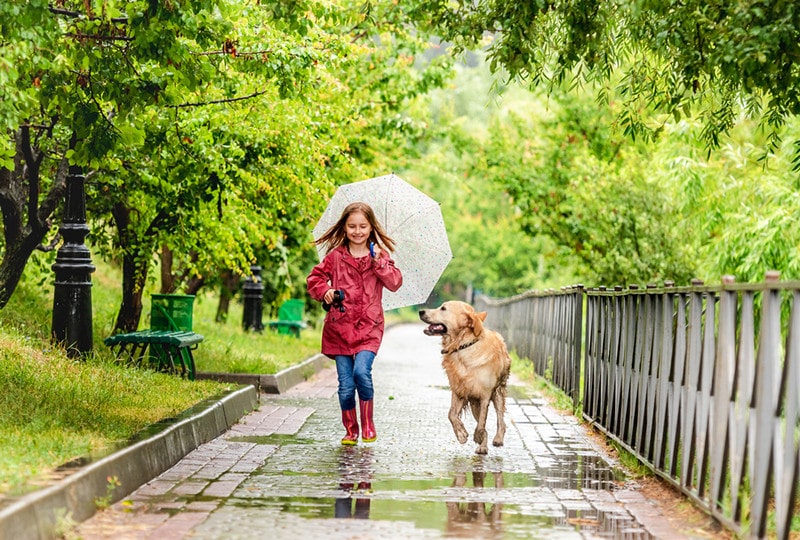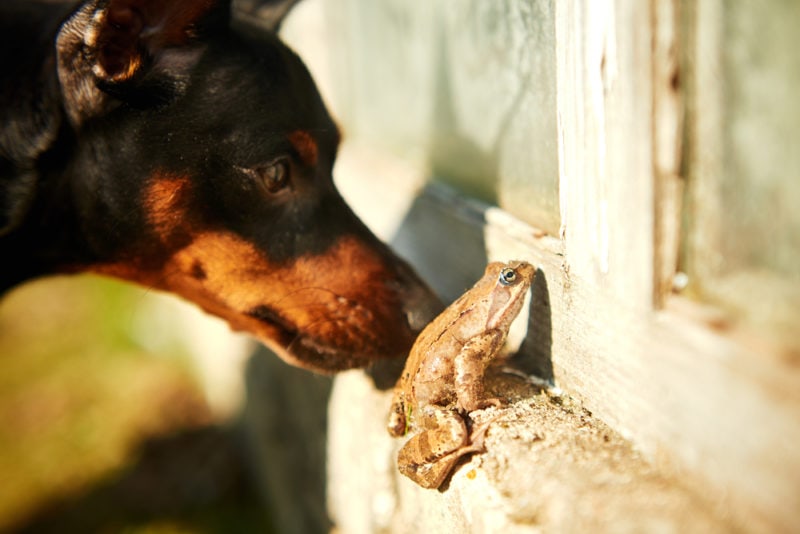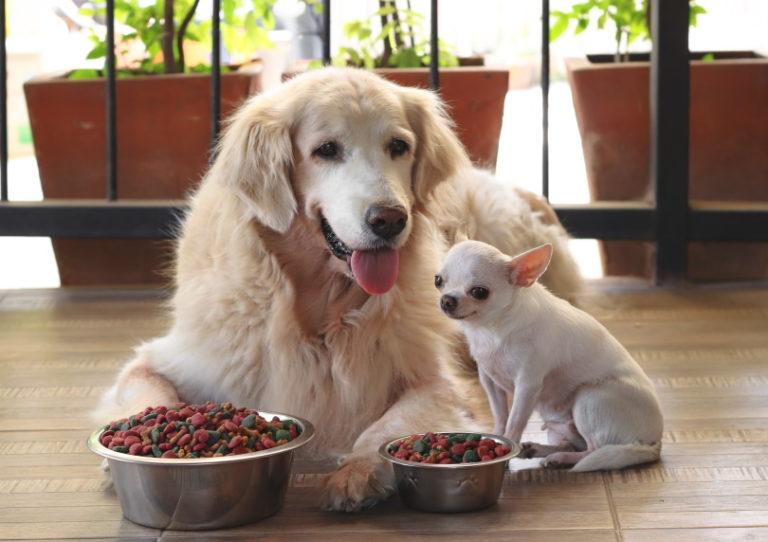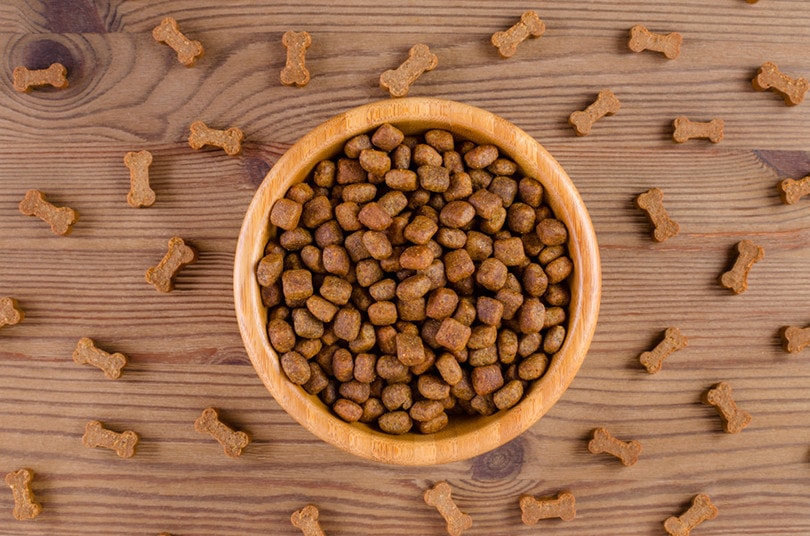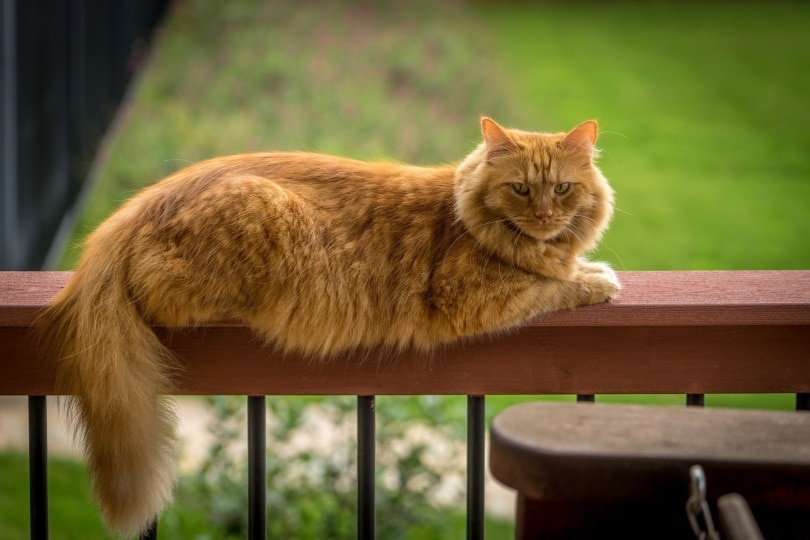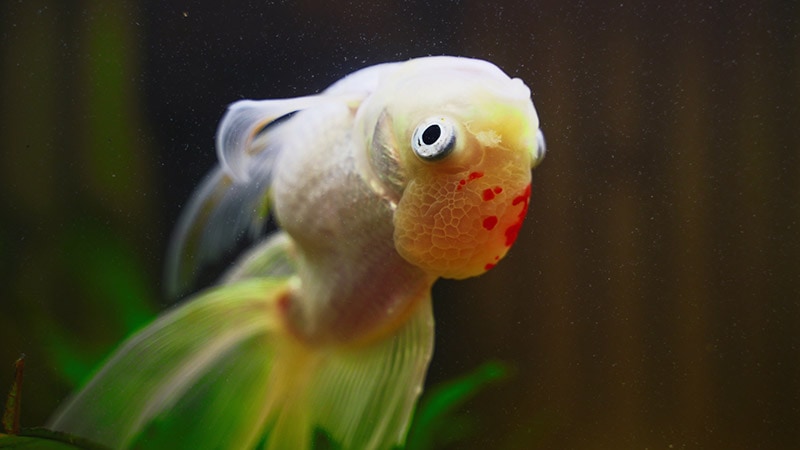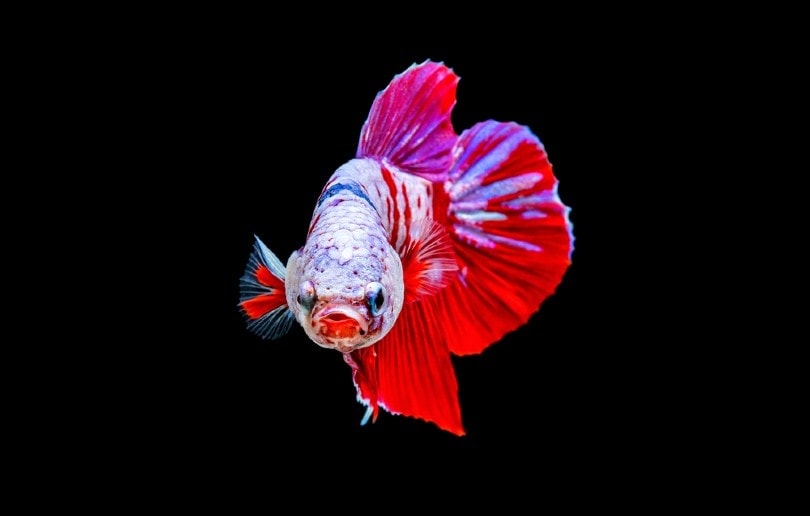Do Basset Hounds Shed More Than Other Dogs? Comparison & Tips
Updated on
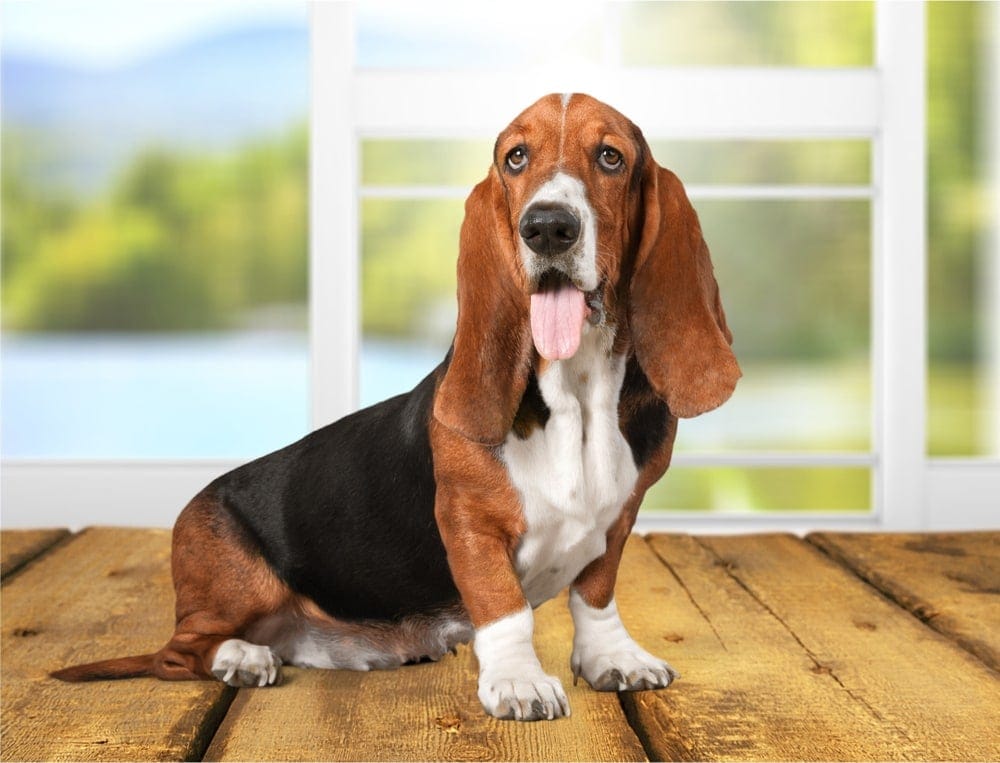
Basset Hounds are laidback hunting dogs marked by their adorable floppy ears, though few think to wonder about their coat. People with allergies should especially take this into account before getting a Basset Hound to prevent allergic reactions. So, do Basset Hounds shed more or less than other dog breeds?
Their shedding rate is roughly average, if not a bit heavier than other dog breeds, but it also varies from dog to dog. Basset Hounds have shorter fur coats, but they shed moderately all year long. They’re hardly high maintenance, but Basset Hounds still need weekly brushing to remove loose, dead hair and dander.
So, what does that mean for you? There will likely be lots of loose fur tufts floating around, but nothing too heavy at any given time. The AKC classifies them as “occasional shedders” but notes that they can shed profusely.1
Let’s compare the Basset Hound’s shedding below with some other dog breeds down below, plus some tips on managing your Basset Hound’s fur.
Basset Hound Shedding vs. Other Dog Breeds
Basset Hounds aren’t light shedders, but they don’t shed as much as some other popular dog breeds out there. To help you an idea of how the Basset Hound sheds compared to other breeds, check out our list below.
How Other Dogs Shed vs. the Basset Hound
- Labrador Retriever: Labs shed a bit more than Basset Hounds, and their dense undercoat sheds heavily during the spring and fall.
- German Shepherd: Another big dog with a thick undercoat, German Shepherds shed heavily year-round.
- Beagle: Beagles shed moderately but not as much as Basset Hounds. Expect heavier shedding during spring and fall.
- Bloodhound: These dogs have shorter coats that shed heavily during the spring and fall.
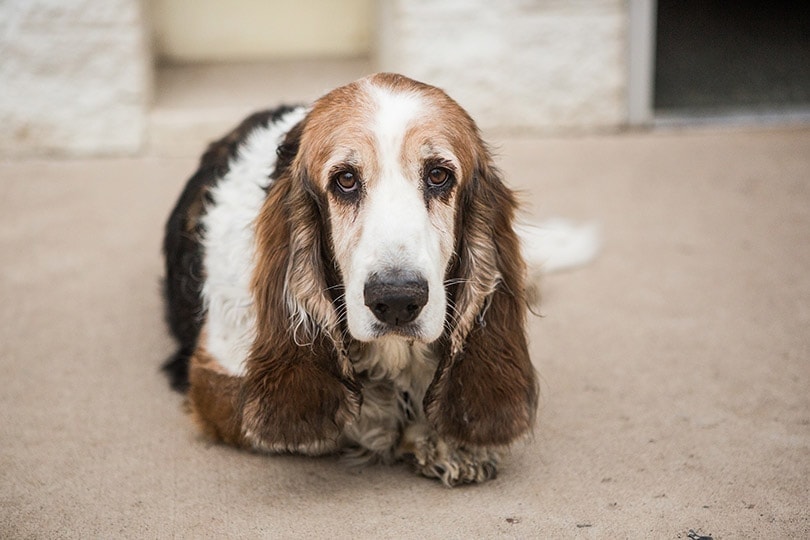
When Do Basset Hounds Shed the Most?
Basset Hounds shed year-round, as we learned above, but they may shed more during the shedding season. Shedding season takes place during both spring and fall, when many dogs will lose their coat while shedding heavily to grow a new coat for the winter.
More specifically, Basset Hounds shed their thick, short undercoat in the fall, while their longer fur sheds during the spring. This helps keep your pup more comfortable in the cold winters and hot summers, respectively.
Tips for Grooming Basset Hounds
Basset Hounds shed more than you might expect, so you need to be prepared. If you’re not on top of your game, your house will get overrun by dog fur in no time. To help you manage your Basset Hound’s shedding and general grooming needs, heed some of the tips below.
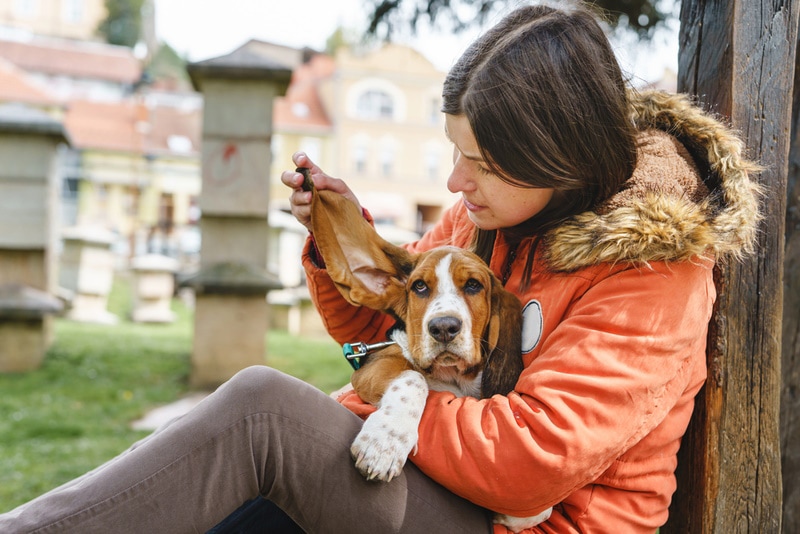
- Brush your Basset Hound at least once weekly to remove dead hair and check their skin for any anomalies.
- Invest in a high-quality vacuum with a high-quality HEPA-rated filter for cleaning up stray fur tufts around the house.
- Use a rubber curry brush or grooming mitt to loosen hair before following up with a regular dog comb.
- Wash your Basset Hound weekly, and as needed after muddy or dirty play sessions.
- Check your dog’s ears periodically—they’re prone to infections and other irritations.
- Expect heavy shedding when your dog is a puppy since they shed their puppy coat once they get closer to their adult size.
- Anyone in the house with dog allergies should wear a dust mask or temporarily leave when you vacuum or brush your dog to avoid sneezing fits and other symptoms.
In Conclusion
Basset Hounds are one of the most easy-going hunting breeds, but they’re harder to groom than you’d think. They shed constantly through the year and more during shedding seasons, so keep up with their grooming to stop fur accumulation around your home.
Featured Image Credit: Billion Photos, Shutterstock


